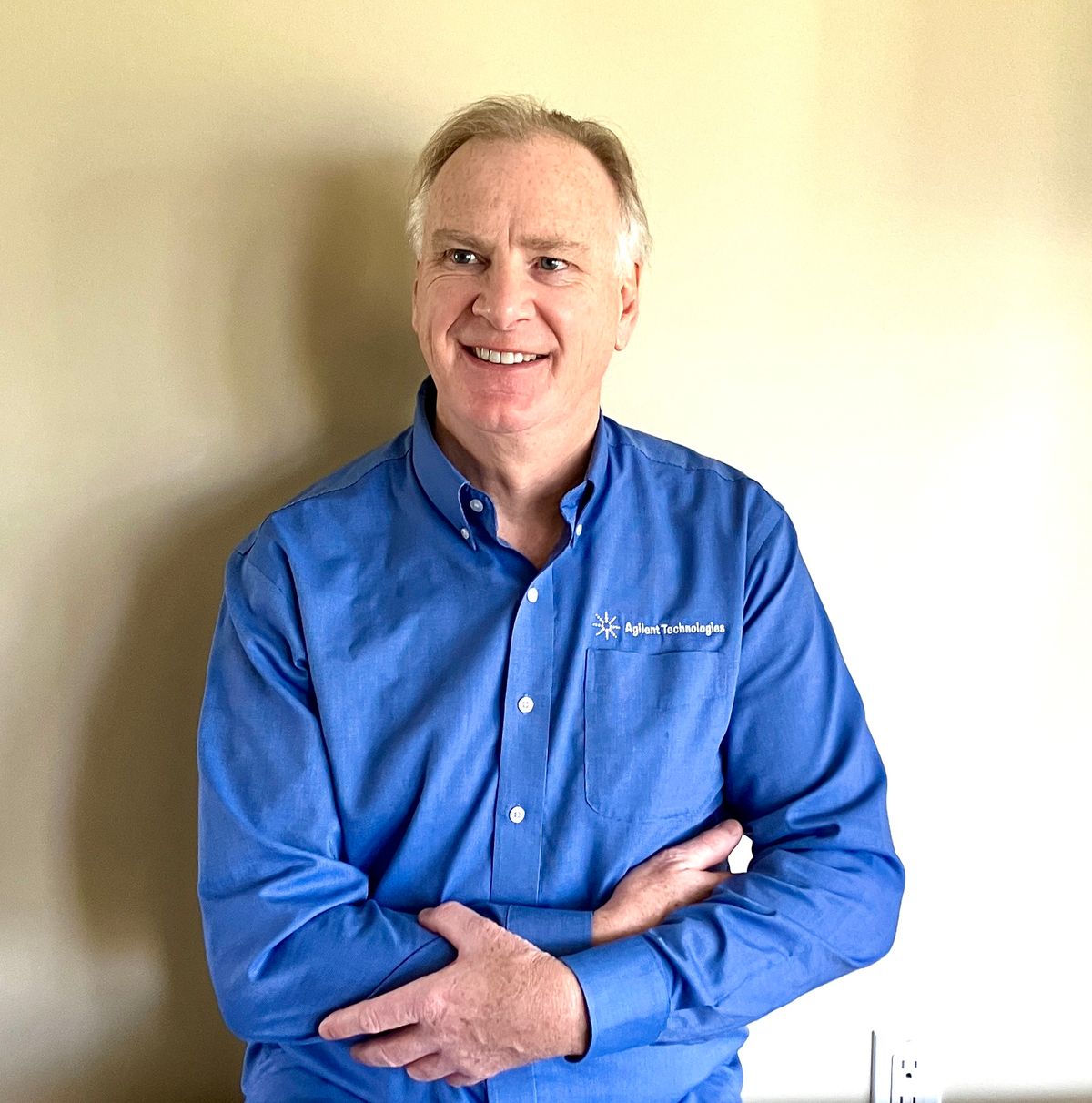Rough vacuum pumps back an enormous number of lab instruments and processes, driving critical operations. Different vacuum pump technologies offer varying levels of performance in terms of vacuum depth, pumping speed, and reliability. They also vary in cost of ownership and resource consumption. Selecting the right vacuum pump technology is crucial for achieving optimal performance and efficiency, but knowing where to start requires a high-level understanding of their differences.
Gaining a solid understanding of different vacuum pump technologies—such as rotary vane pumps, scroll pumps, screw pumps, and diaphragm pumps, whether one- or two-stage—empowers lab managers to make strategic decisions that enhance the efficiency, effectiveness, and sustainability of their laboratory operations. This knowledge translates into better resource management, improved research outcomes, and a safer working environment by enabling managers to:
- Choose the most suitable pump for specific applications, including special requirements for handling hazardous materials or ensuring a clean working environment. This can enhance safety and compliance with regulatory standards
- Optimize their processes and improve outcomes with greater efficiency and accuracy
- Assess the cost-effectiveness of each option considering initial purchase price, ongoing maintenance costs, energy consumption, and the longevity of the equipment
- Reduce the frequency and severity of maintenance issues, reducing interruptions and downtime—particularly crucial in high-throughput environments or critical research applications
- Choose technologies that are more energy-efficient and environmentally friendly, aligning with sustainability goals and reducing environmental impact
This comprehensive webinar reviews rough vacuum technologies, comparing pump technologies and detailing their unique features, advantages, limitations, and practical applications. It also addresses common challenges faced in vacuum technology, providing practical solutions and examples to illustrate the effectiveness of different pump technologies.
Register now to gain a clear understanding of:
- How requirements and technology for rough vacuum displacement pumps differ from high and ultra high vacuum technology, and where they overlap
- How to select the best pump technology for your specific industrial or scientific application, considering factors such as maintenance requirements, performance capabilities, and energy efficiency
- Tips for maintaining and optimizing vacuum pump performance for maximum efficiency
Speakers:

John Screech
Sr Applications Engineer
Agilent Technologies (Vacuum Products)
John graduated in 1986 with a Bachelor’s degree in Physics and has worked in analytical instrumentation ever since. His career has spanned general Mass Spectrometry, Vacuum System development, and Contraband Detection. John joined Agilent in 2011 and currently leads Training and Education Programs for the Vacuum Products division. John also assists Agilent’s sales force and end-users with pre- and post-Sales Applications Support. He is based near Toronto, Canada.
